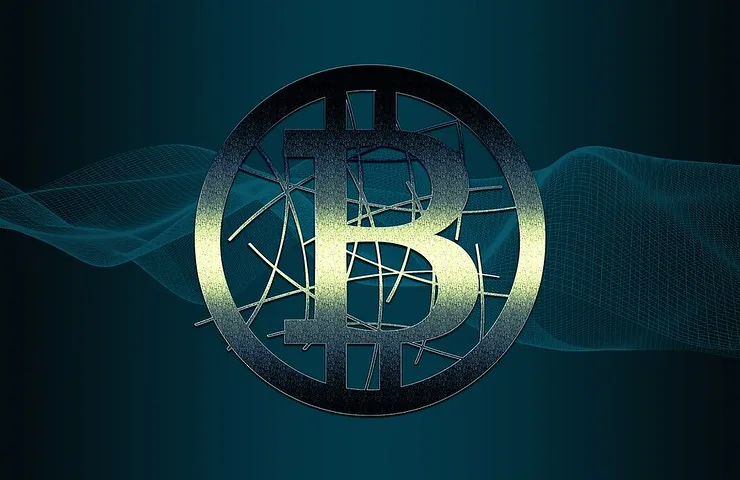A recent report by Glassnode, titled “The Week On-chain,” published on September 25, addresses concerns about Bitcoin Ordinals impacting the network and reducing blockspace for high-value monetary transfers. However, according to the data presented, inscriptions have primarily functioned as an additional feature within the Bitcoin ecosystem.
Contrary to concerns about inscriptions disrupting important monetary transfers by occupying blockspace, Glassnode’s findings suggest that these worries may be unwarranted. The report clarifies that inscription users typically choose lower fee rates, indicating their willingness to wait for longer confirmations. This behavior ensures that inscriptions do not impede higher-value transactions as users prioritize patience over speed.
In February 2023, Bitcoin Ordinals made significantly impacted the daily transaction counts within the Bitcoin network. Despite their influence on transaction volumes, their contribution to mining fees remains relatively low, comprising only around 20% of Bitcoin’s total fees as analyzed by Glassnode.
In recent times, inscriptions have played a crucial role in reinforcing the demand for blockspace and effectively raising fees for miners. Additionally, Bitcoin’s hash rate has witnessed an impressive surge of 50% since the introduction of inscriptions in February.
The competition among Bitcoin miners for revenue fees has intensified due to the increasing hash rate, as highlighted by Glassnode. Presently, Bitcoin is valued at $26,216, and industry experts anticipate a potential price surge leading up to the scheduled halving event in April 2024.
Enhancing Bitcoin Efficiency with ‘Runes’ and Inscriptions
Most inscriptions currently originate from BRC-20 tokens. Casey Rodarmor introduced these tokens a month after he launched the Ordinals protocol on Bitcoin in February. On September 25, an alternative called “Runes” was proposed by Rodarmor. He argued that implementing an unspent transaction output-based fungible token protocol like “Runes” would lead to fewer “junk” unspent transaction outputs on the Bitcoin network, thereby potentially enhancing the overall efficiency of the system.
Glassnode’s analysis addresses concerns that coin Ordinals hinder higher-value monetary transfers within the network. Instead, inscriptions have emerged as a complementary feature that strengthens the demand for blockspace and fees, thereby stimulating competition among miners. With the approaching coin halving event, optimism prevails in the cryptocurrency market regarding its future performance.
Related Reading | Prosperity In The Blockchain: Robert Kiyosaki’s Call To Embrace Bitcoin Amidst Economic Turmoil
The author’s views are for reference only and shall not constitute investment advice. Please ensure you fully understand and assess the products and associated risks before purchasing




Comments (No)